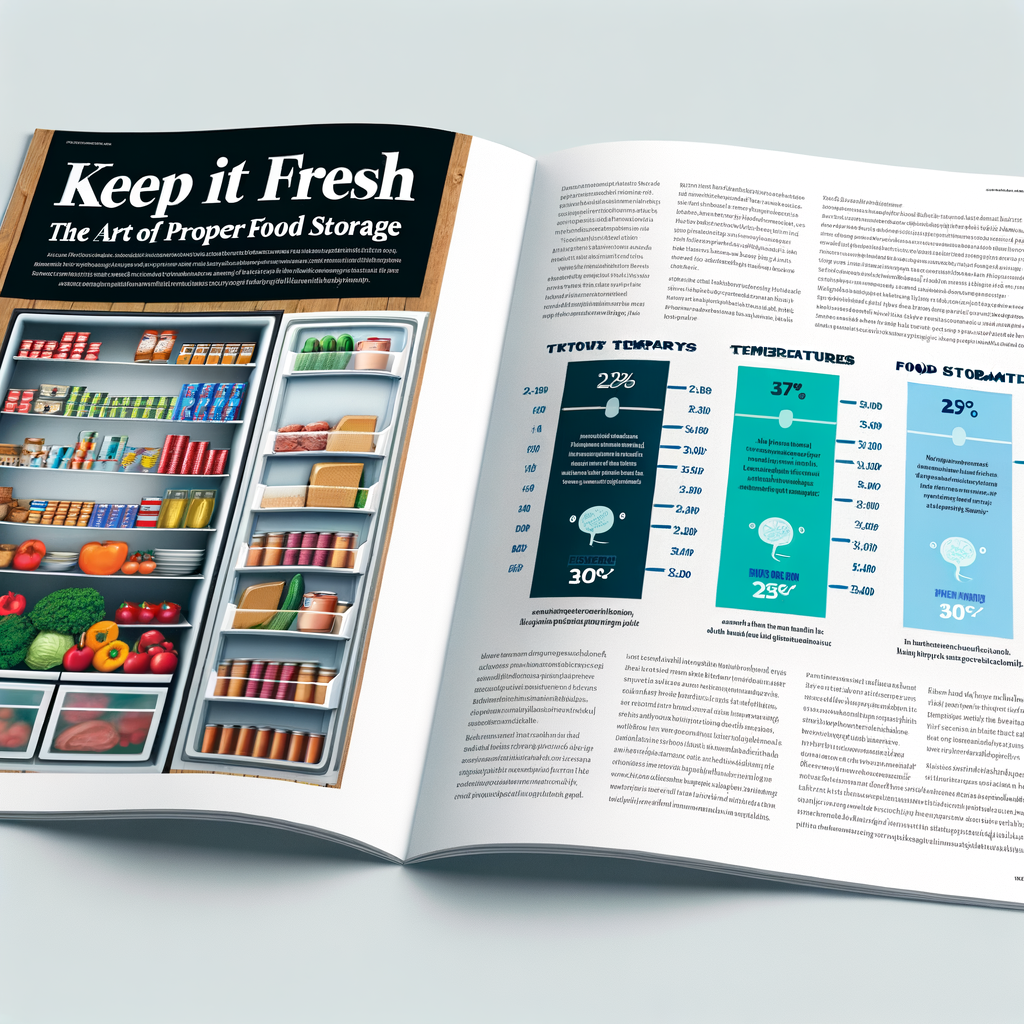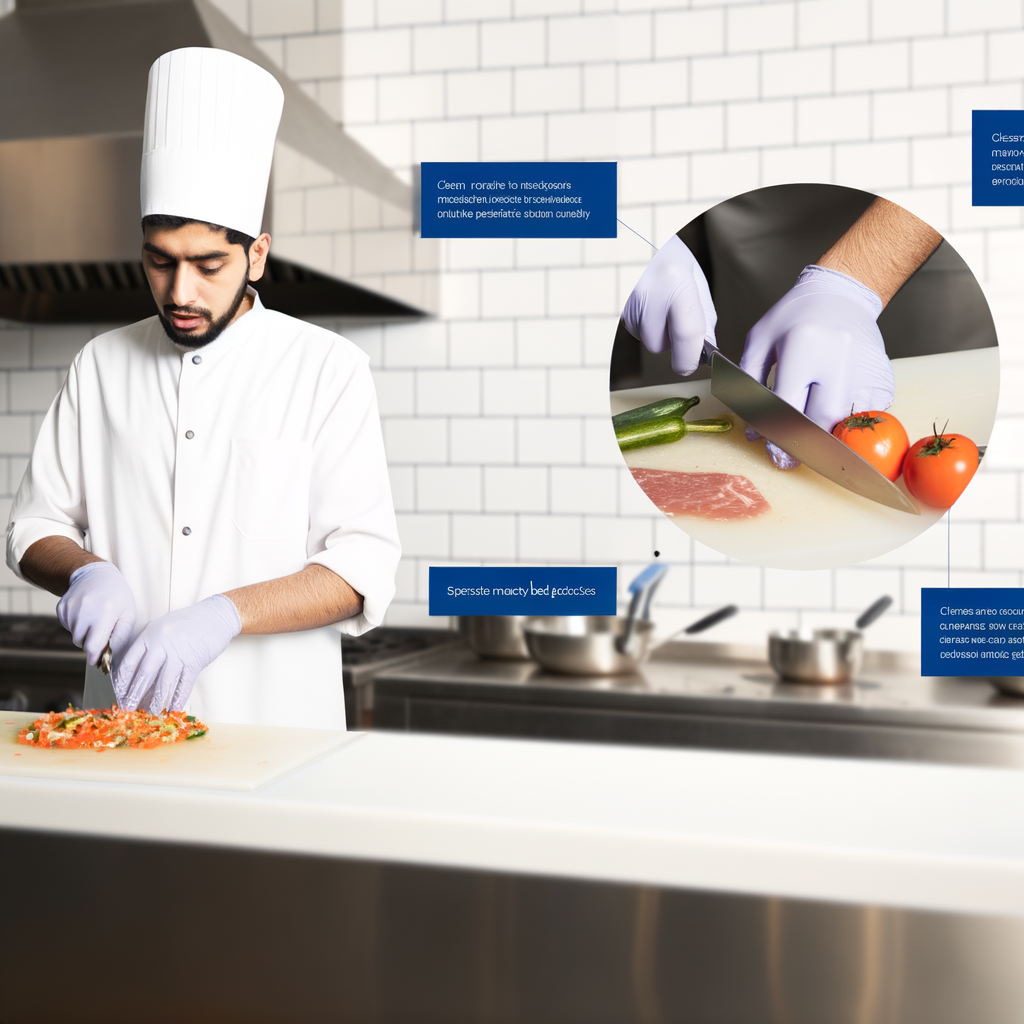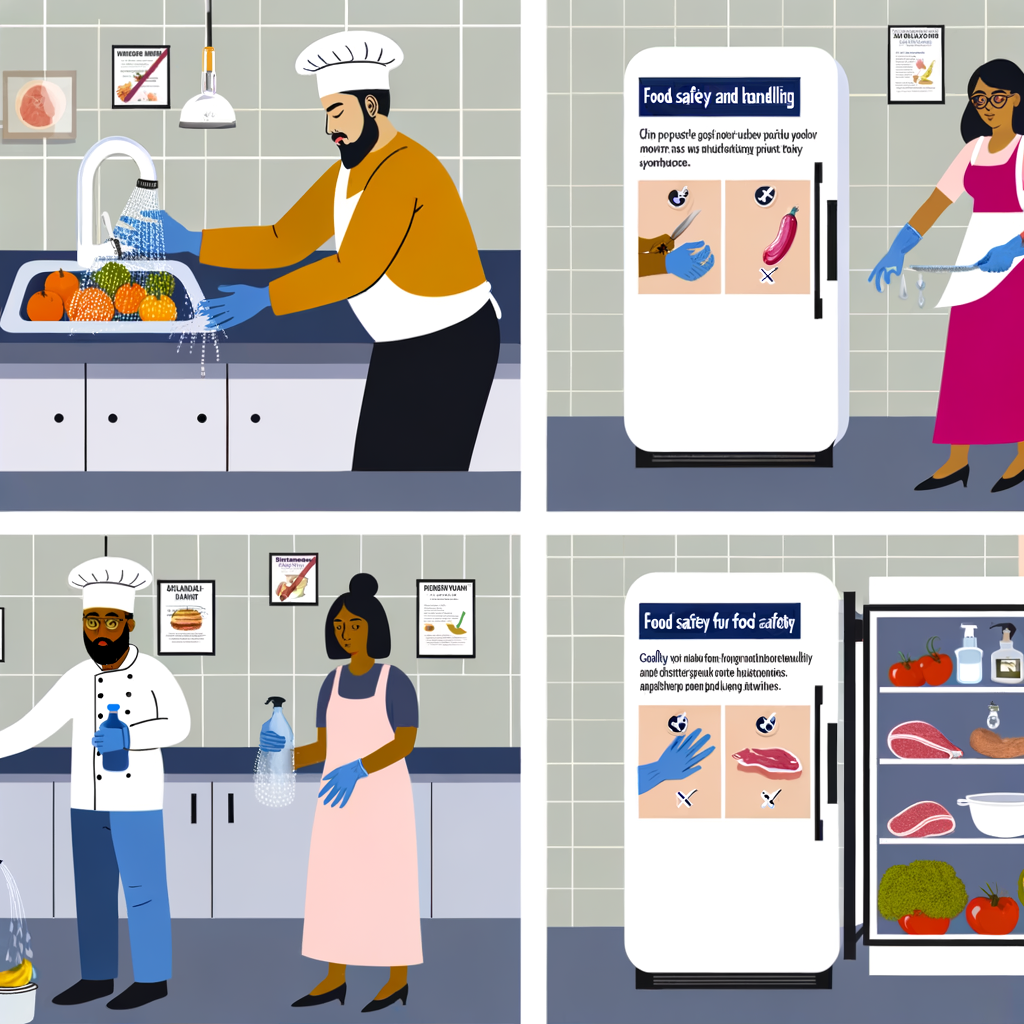As a culinary artist, I understand the significance of food safety in my profession. It is not only crucial for the wellbeing of our customers, but also for the reputation of our establishments. One aspect of food safety that often gets overlooked is proper storage. In this article, I will discuss the importance of proper storage and how it can prevent foodborne illness and maintain food quality.
Proper storage starts with choosing the right containers. Plastic, glass, and stainless steel containers are all safe options, but make sure they are food-grade and free of cracks or scratches. These imperfections can harbor bacteria and contaminate your food.
Once you have the right containers, it is important to store food in the correct temperature. Perishable foods, such as meat, dairy, and eggs, should be stored at or below 40°F (4°C) to prevent bacteria growth. On the other hand, dry goods like flour and pasta can be stored at room temperature.
Another key aspect of proper storage is keeping raw and cooked foods separate. Raw meat and poultry should always be stored on the bottom shelf of the fridge to prevent cross-contamination. It is also important to label and date your containers to ensure food is used before it spoils.
Proper storage not only prevents foodborne illness, but it also maintains food quality. For example, storing fruits and vegetables in the fridge can prolong their shelf life and prevent spoilage.
In conclusion, as a culinary artist, I cannot stress enough the importance of proper storage in ensuring food safety. By following these simple guidelines, we can prevent foodborne illness and maintain the quality of our food. Let’s continue to create delicious and safe meals for our customers.





